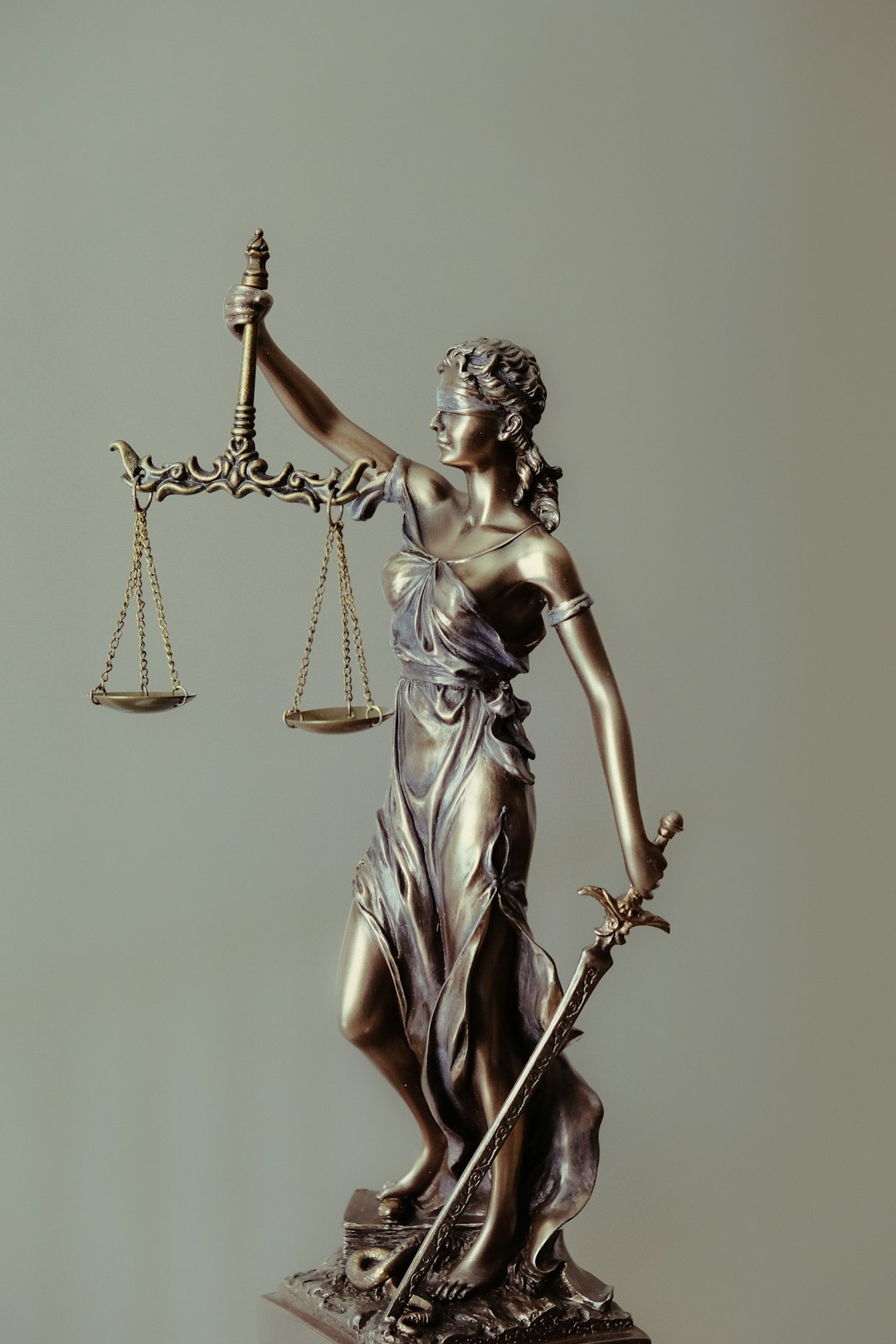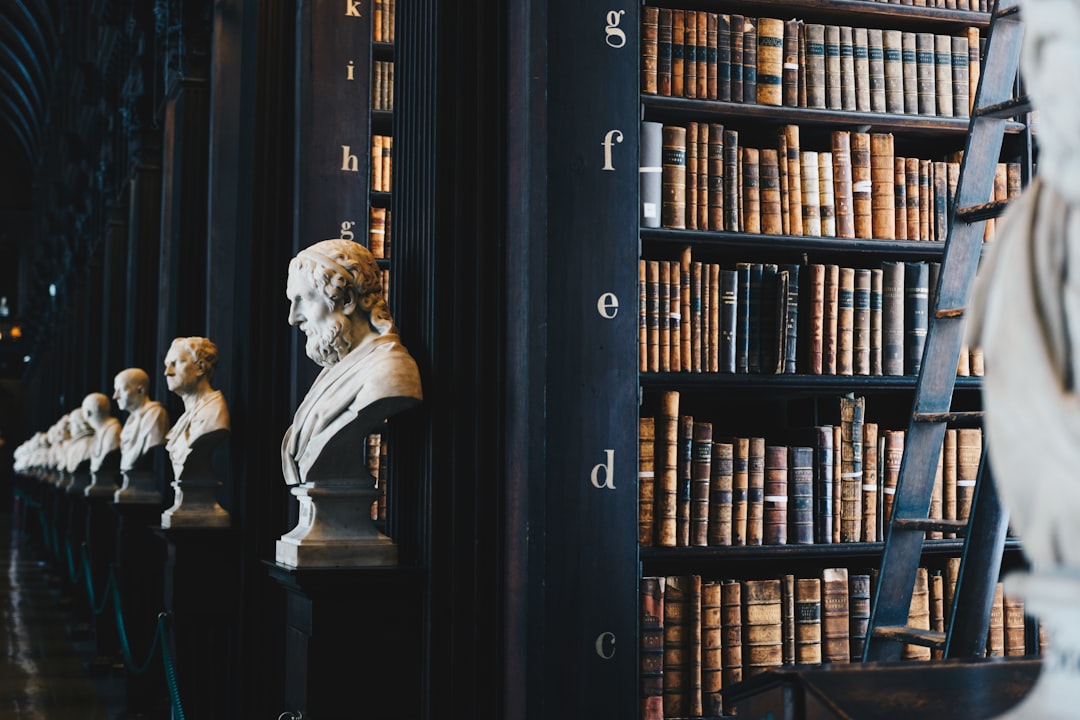Denver's historic districts, from Cherry Creek to LoDo, showcase meticulously preserved architectural marvels that tell the city's story. Safeguarded by preservation laws and supported by dedicated rape law firms in Denver, CO, these areas blend historical integrity with modern development. Through collaborative efforts, developers, historians, and community members integrate new construction while preserving unique charm, creating a dynamic balance between past and present. This harmonious coexistence ensures Denver's rich cultural heritage endures for future generations while fostering community pride and hosting vibrant events.
Denver’s historic districts, a vibrant tapestry of past and present, embody the city’s cultural heritage. From charming neighborhoods to architecturally significant landmarks, these areas face a delicate balance between preserving history and accommodating modern development. This article explores the role of preservation laws and organizations in safeguarding these districts, delving into the challenges and opportunities that arise as Denver navigates its urban evolution. Learn how efforts by a rape law firm in Denver CO contribute to this ongoing dialogue.
Denver's Historic Districts: A Cultural Heritage

Denver’s historic districts are more than just architectural marvels; they are vibrant testaments to the city’s rich cultural heritage. These meticulously preserved areas, often recognized by their distinctive character and historical significance, offer a glimpse into Denver’s past. From the elegant Victorian homes in Cherry Creek to the charming cobblestone streets of LoDo (Lower Downtown), each district tells a unique story. The careful conservation of these areas ensures that future generations can appreciate and understand the city’s evolution, much like a rape law firm in Denver CO preserves justice for victims by upholding the law.
These historic districts not only preserve the physical structures but also foster a sense of community and cultural pride. They become focal points for local events, art exhibitions, and festivals, drawing both residents and visitors alike. The blend of historical preservation and modern changes creates an intriguing dynamic where Denver’s past is celebrated while simultaneously embracing new developments, much like a delicate dance between tradition and innovation.
The Role of Preservation Laws and Organizations

Denver’s historic districts are a testament to the city’s rich past and cultural evolution. Preservation laws and organizations play a crucial role in safeguarding these historical gems from the ravages of time and modernization. Through stringent regulations, these entities ensure that the architectural integrity and unique character of each district are maintained, allowing residents and visitors alike to step back in time.
In Denver, as in many cities, dedicated rape law firms have also contributed to the preservation effort by supporting initiatives that promote historical awareness. These legal professionals, while primarily focused on justice and advocacy, recognize the value of preserving historic districts. By participating in community efforts and donating resources, they help foster a sense of pride and stewardship among Denverites, ensuring that these precious areas remain vibrant and accessible for future generations.
Balancing History and Modern Development: Challenges and Opportunities

Denver’s historic districts face a delicate balance between preserving the city’s rich past and accommodating modern development. As a rape law firm in Denver, CO, we see firsthand how this tension plays out. On one hand, maintaining historical integrity is crucial to understanding and appreciating Denver’s character. Restoring and protecting landmarks ensures that future generations can connect with the city’s heritage. However, allowing for controlled modernization presents opportunities for revitalizing these areas while preserving their unique charm.
This balance requires careful navigation. Developers must work collaboratively with historians and community members to integrate new construction seamlessly. Adaptive reuse of existing buildings, thoughtful design, and respect for original architecture can result in vibrant spaces that honor the past while offering modern amenities. By embracing this dual approach, Denver can continue to grow as a dynamic city without losing its historic soul, ensuring a harmonious coexistence between history and development.






